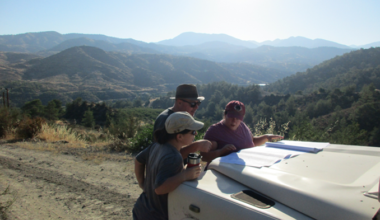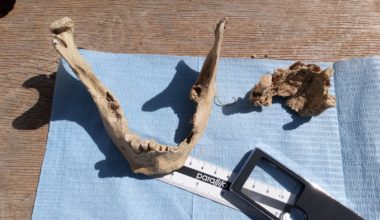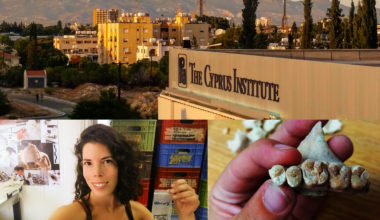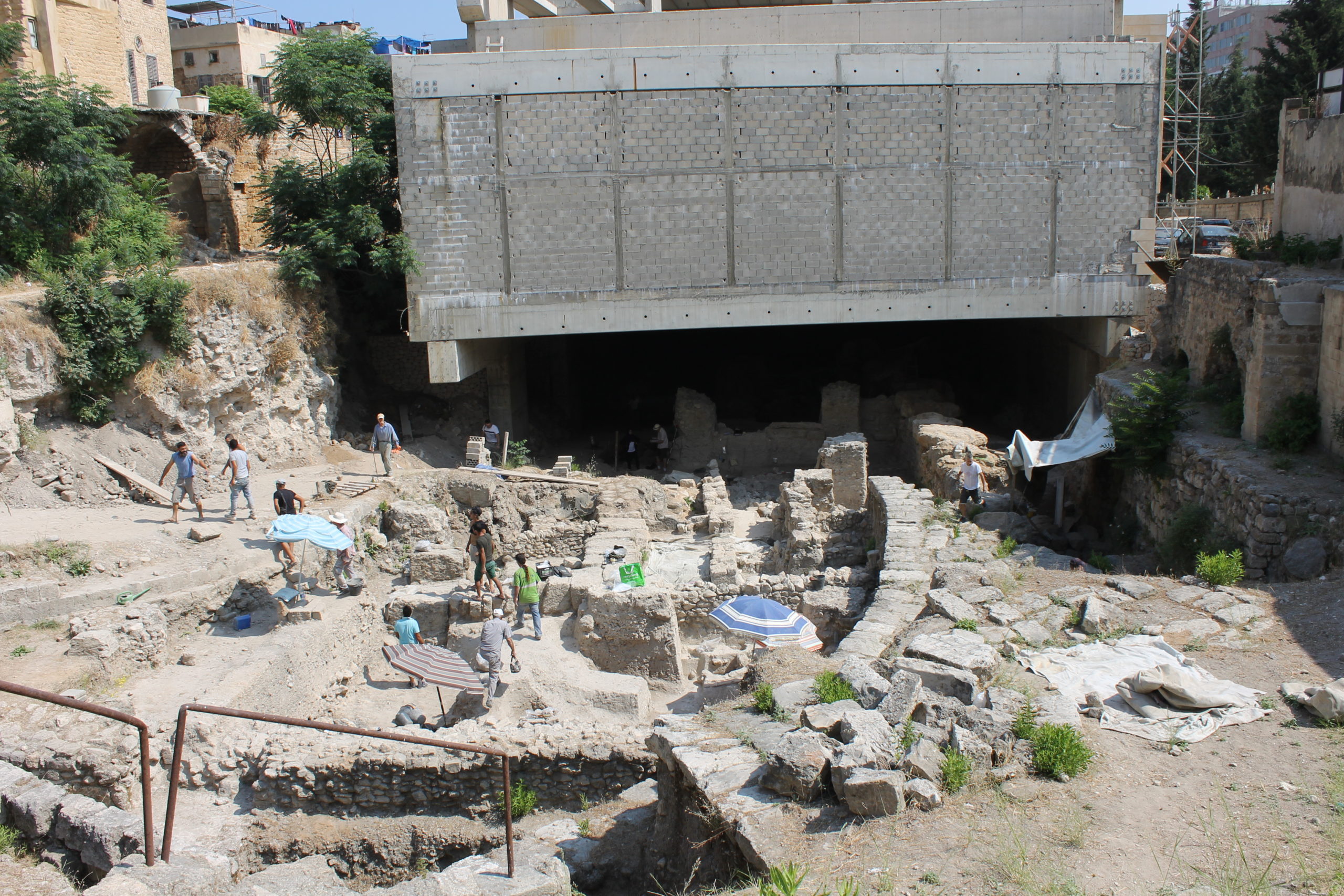
By Dr Michel de Vreeze, CBRL Post-Doctoral Fellow and Honorary Research Fellow at Durham University
One of the crucial social changes in the Levant occurred during the Early Bronze Age II (EBII; 3200-3000BC) when urbanization and large-scale cash-crop production fully developed in the region for the first time. Olive and viticulture likely paid a crucial role and a new type of pottery called ‘metallic ware’ – for its characteristic hard fired combed surface – was developed by potters to store and transport these valuable commodities. Changing ceramic assemblages are crucial in tracking profound societal changes in the region. While a ‘smooth’ rise of urbanized towns and their economic hinterland is relatively well explored in the Southern Levant (Jordan, Palestine, Israel), with an increasingly clear role of Early Dynastic Egypt pushing the agenda, a gap in our understanding still exists for the Northern Levant. In the Northern Levant (Syria, Lebanon), this transition lacks clear continuity from previous periods and real understanding of how societal change occurred is unclear. A CBRL Post-Doctoral Fellowship allowed me to go to Lebanon and Jordan to further explore this question by using ceramics as a key window into these changes.

The American University Campus in Beirut (AUB) was my first base of study (see Image 1). Here, the material of the Tell Koubba excavation (joint Durham/AUB) is stored. It includes a crucial new assemblage of Early Bronze II (ca 3100-2900BC) ceramics and impressive Early Bronze III (EBIII; 2900-2600BC) monumental building at Koubba II. The study of the assemblage of EB II vessels confirmed that it is particularly early for the region (perhaps as early as 3100BC) and was a thorough break with the preceding ceramic industries. Potters make use of new clay sources (shown by petrographic and chemical currently studied by my Durham colleague Kamal Badreshany). These techniques subsequently evolved into a local ceramic industry during the subsequent centuries. The assemblage of vessels is seemingly introduced as ‘a new set’ into this region. Ongoing research will have to show if groups of skilled potters perhaps coming from further south introduced this key set of vessels including large storage jars, juglets and platters, which was an integral part of a rescaling food production and consumption in the region.
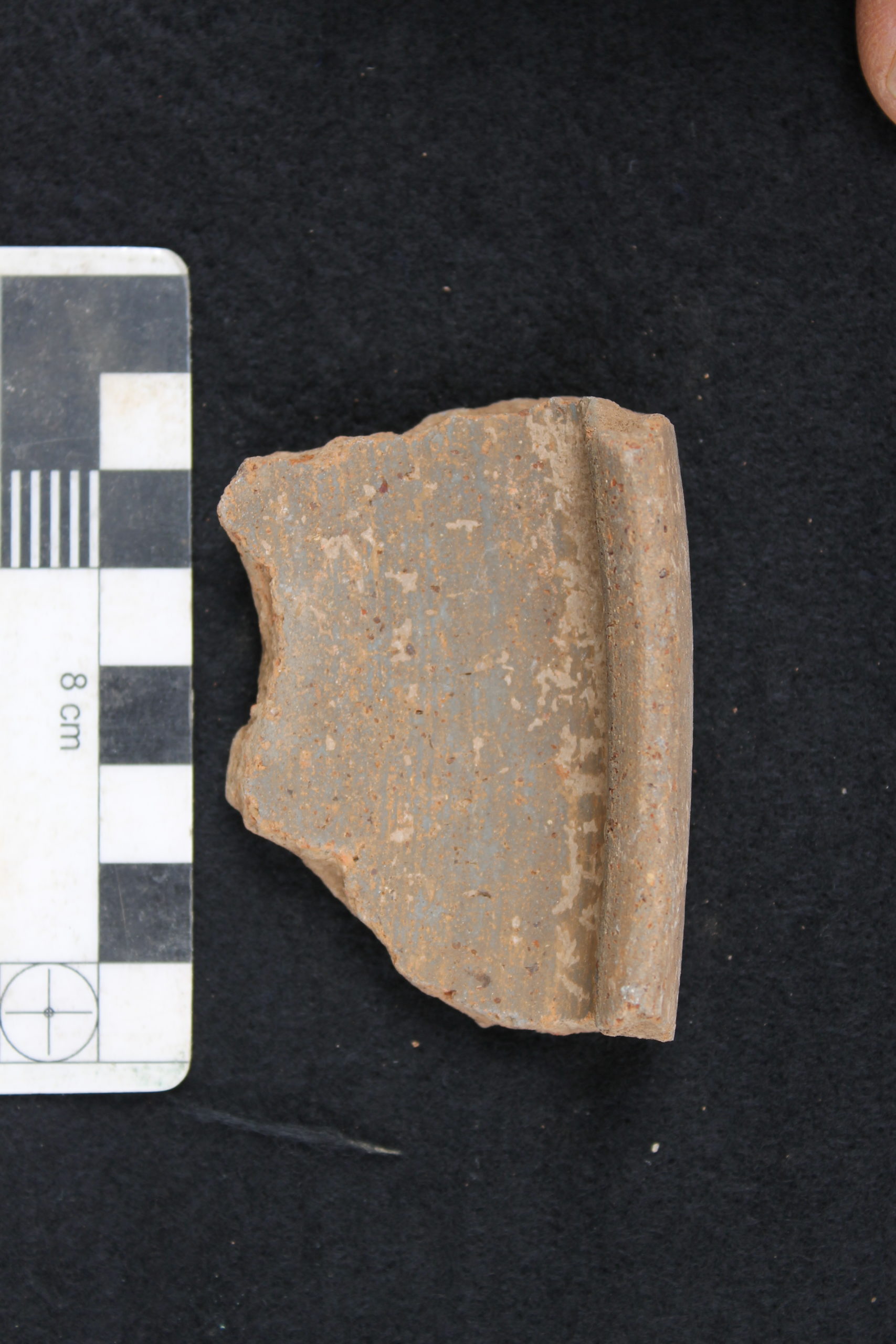
Unfortunately, the preceding Chalcolithic and Early Bronze I (EBI) periods at Koubba remain rather elusive still. Future work at the site could potentially show two pottery industries coexisting in this area for some time, before the newly developed direction in pottery production took over completely and was further developed to local tastes.
I also examined the pottery from nearby Fadous-Kfarabida , stored at AUB. The assemblage is very similar to Koubba. These sites seem to corroborate the picture already present at the famous site of Byblos (Dunand 1973), where the EBII transition appears to be very abrupt: a slow, evolving, local ceramic industry during the previous centuries with a rapidly introduced change in ceramic styles around 3100BC. This was likely accompanied by drastic socio-economic changes in agricultural production in the region. The questions colleagues and I still seek to answer are: Who steered these changes? Was there a centralized effort behind these massive changes? How does the shifting attention of the first Dynasties of Egypt for Byblos matter and how did it influence people’s lives in the region during this period?
Very instructive in this light was my visit to Sidon, to the south of Beirut. Sidon is a coastal town with a very long history of habitation starting in the Chalcolithic/EBI period and continuing practically uninterrupted to this day. A team led by Dr Claude Doumet Serhal was currently excavating in the charming ancient heart of the city (see Image 3). They kindly welcomed me in their midst and here I had the opportunity to study the important ceramic assemblage, which was excavated from six excavation strata. Encompassed was the crucial change in ceramic development and economic reorientation I was looking for. Although the material was previously published, examining the sherds up close for technical details still helped unlock new insights that were not as easily understood from the published record. Under the shade of a large plastic tarpaulin—the sun in Sidon was still strong—and with the accompanying sound scrubbing clean the newly excavated pottery, I carefully went through the pottery meticulously stored by contexts.
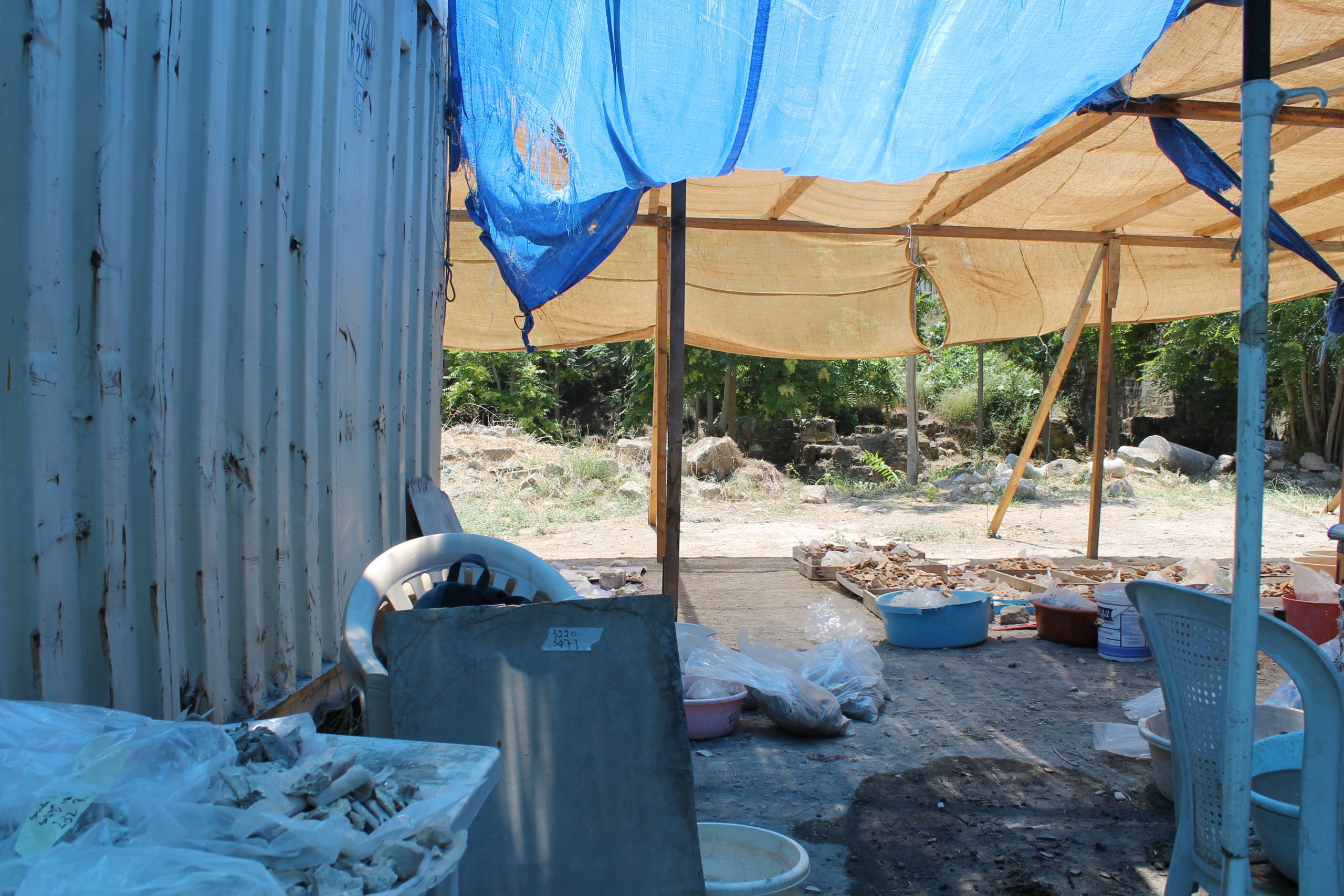
The Sidon material was crucial in showing a more nuanced transition from an earlier Chalcolithic/EBI pottery tradition of marl-rich clay with vegetal temper and red slip to the hard fired ‘metallic’ wares associated with the EBII urbanization process. Nuances in the Sidon pottery suggest potters were actively adjusting their pottery to the new influences from further south. Moreover, I had seen the type of pottery from the earliest layers before when examining pottery from the northern Jordan Valley and thought it would fit well with Early Bronze Age traditions from this region.
I was able to confirm my suspicion by studying the reference collection of EBI ceramics from the site of Shuna North held at CBRL in Amman. In addition, I could also make use of the well-stocked library to look up references on the Early Bronze Age in the region. Looking at the ceramics from one of the earliest Early Bronze layers at Shuna, I discovered a near identical red slipped vegetal tempered pottery to the one I saw at Sidon! The earliest pottery from Sidon is in line with these EBI phases dated around 3600BC in the northern Jordan Valley. At Sidon this pottery continued right up till the introduction of the new metallic ware types in the EBII. Further research will have to show how sites in Lebanon further differ in trajectories towards urbanized life.
References:
Dunand, M. 1973. Fouilles de Byblos Tome V. Libraire d’Amérique et d’Orient. Paris
Michel de Vreeze is a CBRL Post-Doctoral Fellow and honorary research fellow at Durham University. He currently work as a ceramic expert and field excavator on the Early Bronze excavations at Tell Koubba, Lebanon. Continuing his studies into the region, he recently started as a project-curator at the RMO in the Netherlands working on a forthcoming Byblos exhibition.
The views expressed by our authors on the CBRL blog are not necessarily endorsed by CBRL, but are commended as contributing to public debate.












